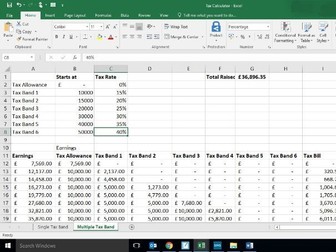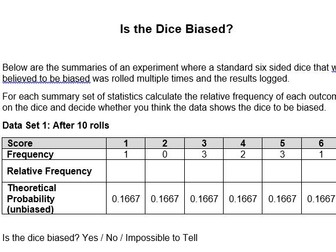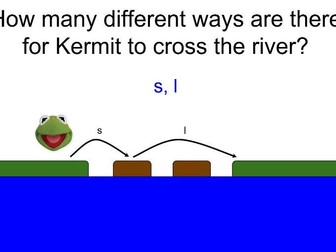KS3 (Ages 11-14) Algebra - Code Breaking Worksheet
KS3 (11-14 year olds) Algebra Worksheet for practicing positive integer substitution into expressions. Three encoded messages. Decoding is easy, Letters can have values too, Some of the expressions are quite tricky you must concentrate building in difficulty. WIP sheet of expressions to use</p>


